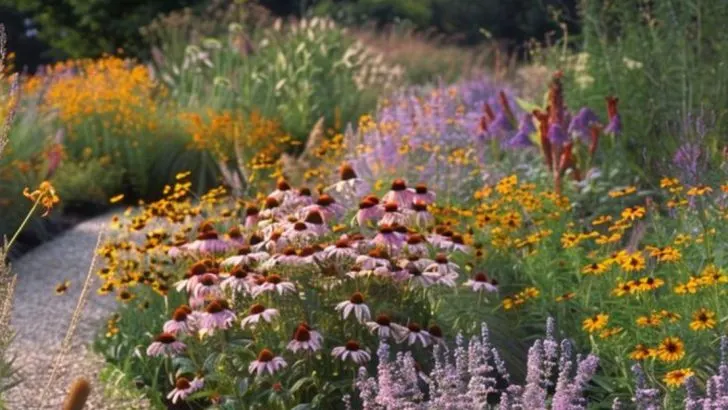Pollinators like bees, butterflies, and hummingbirds are vital for a thriving garden and healthy ecosystem. Creating a garden that supports them throughout the year takes thoughtful planning and the right plant choices.
By selecting a variety of flowers that bloom in different seasons, providing shelter, and avoiding harmful pesticides, you can turn your garden into a buzzing haven for pollinators no matter the month. This not only boosts plant health but also contributes to biodiversity.
In this article, discover practical tips and plants to help you make your garden a pollinator paradise all year round—supporting nature while enjoying a vibrant outdoor space.
Native Wildflowers

Imagine a garden teeming with color and life, thanks to native wildflowers. These plants are perfectly adapted to your local climate and soil, providing essential nectar and pollen for pollinators. Native species often require less maintenance, as they’re suited to thrive naturally in your area. Planting them in clusters will enhance their visual impact and make it easier for pollinators to locate them. Consider incorporating a variety of species that bloom at different times, ensuring a continuous food supply throughout the year. Your garden will become a visual and ecological masterpiece.
Herb Garden

The scent of lavender wafts through the air, drawing bees to your herb garden. Herbs like basil, mint, and thyme are not only culinary delights but also attract pollinators with their fragrant blooms. By letting some herbs flower, you provide a rich source of nectar that encourages bees to visit. Planting herbs in pots or raised beds can make them accessible and easy to manage. An herb garden adds both beauty and biodiversity to your landscape, making it a haven for pollinators while offering fresh ingredients for your kitchen.
Water Feature
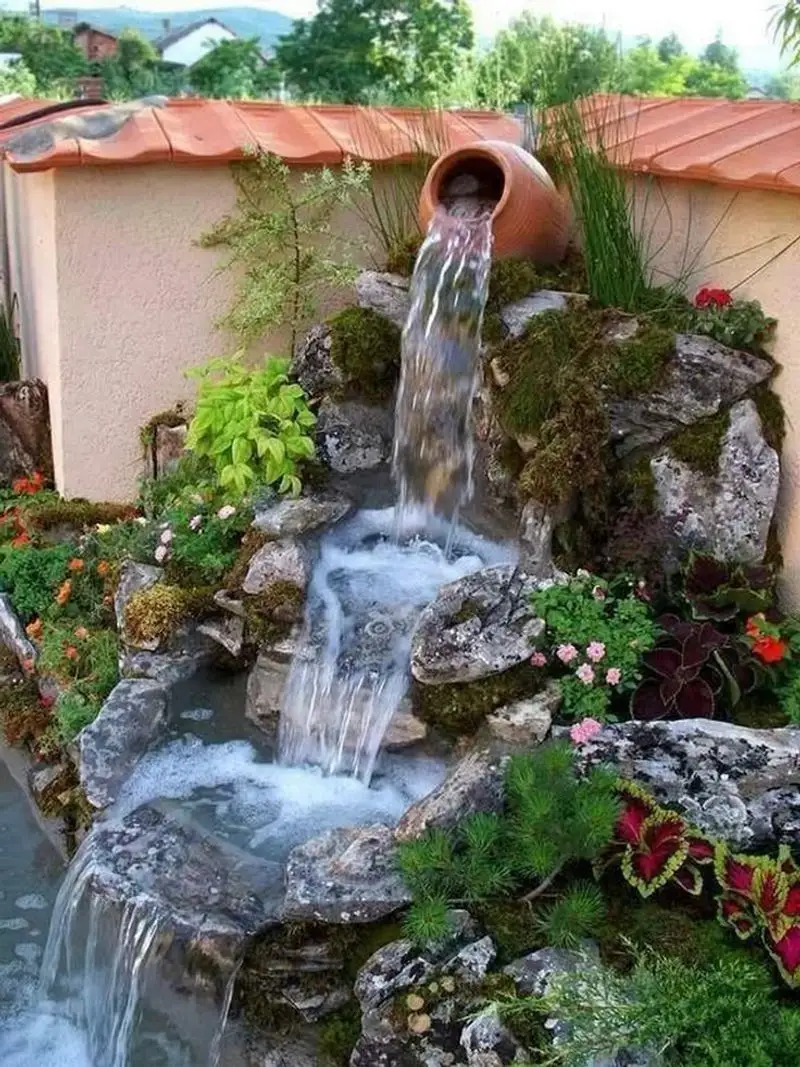
The gentle trickle of a water feature creates a serene atmosphere, inviting butterflies for a refreshing drink. Pollinators need water, and a small pond or birdbath can provide this vital resource. Adding stones or floating leaves offers landing spots for them to rest while drinking. Ensure the water is shallow to prevent drowning and keep it clean to avoid mosquitoes. A water feature not only attracts pollinators but also enhances the sensory experience of your garden, making it a peaceful retreat for you and a sanctuary for wildlife.
Butterfly Bush
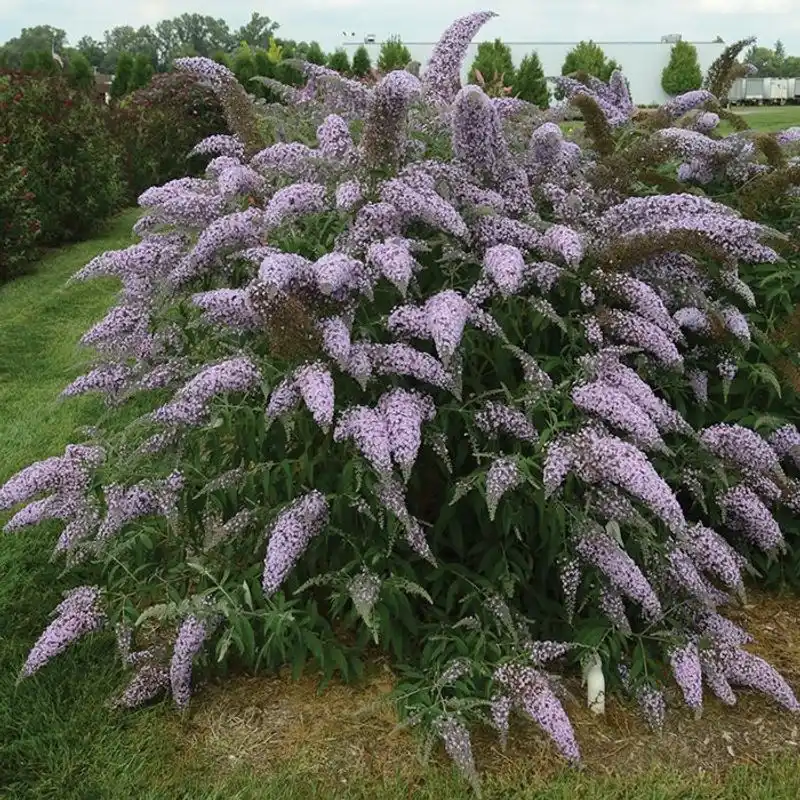
With its striking blooms, the butterfly bush acts as a magnet for these colorful creatures. Known scientifically as Buddleja, this shrub is celebrated for its ability to attract and sustain butterflies. Its long, cone-shaped flowers provide a rich source of nectar, making it a staple in many pollinator gardens. Plant it in a sunny spot to maximize its flowering potential and prune regularly to encourage new growth. While beautiful and beneficial, be mindful of its invasive nature in some regions and choose sterile or non-invasive varieties when possible.
Fruit Trees
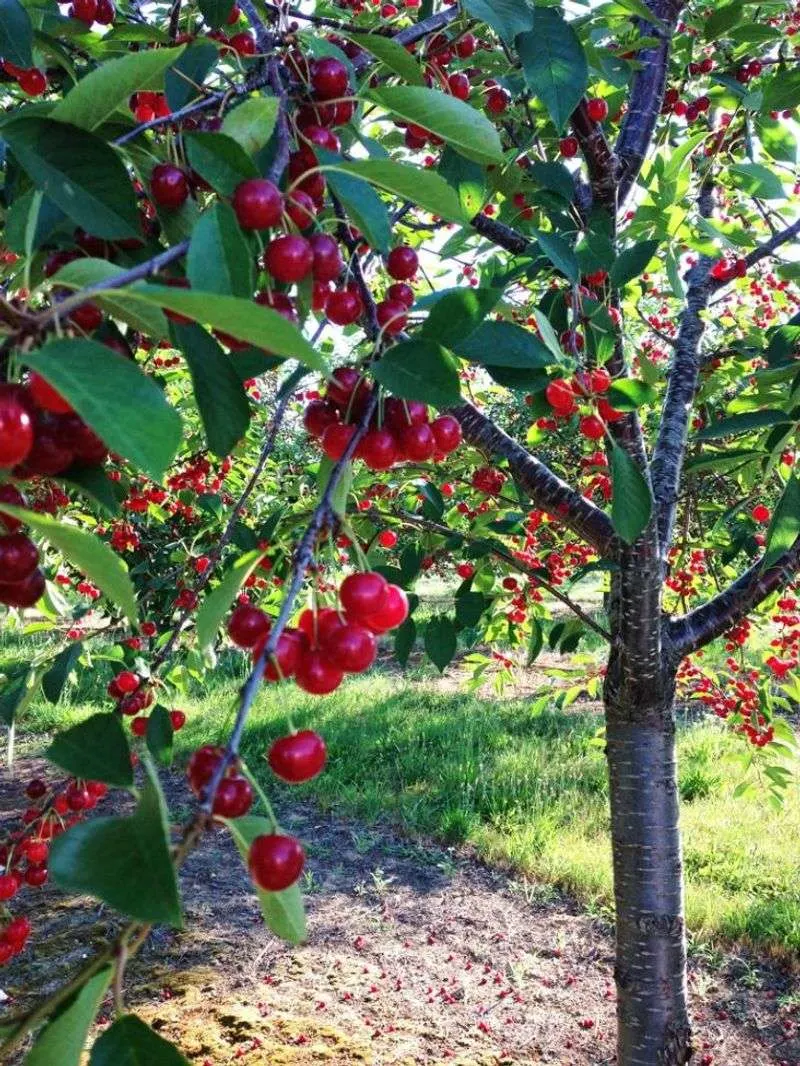
Springtime brings a flurry of activity to your garden as fruit trees burst into bloom. The blossoms not only promise a delicious harvest but also draw in bees for pollination. Apple, cherry, and peach trees are excellent choices for attracting pollinators while providing fresh fruit. Ensure your trees are planted in well-drained soil and receive plenty of sunlight to thrive. Pruning and proper care will enhance their flowering and fruiting, making your garden a productive and pollinator-friendly environment.
Climbing Vines
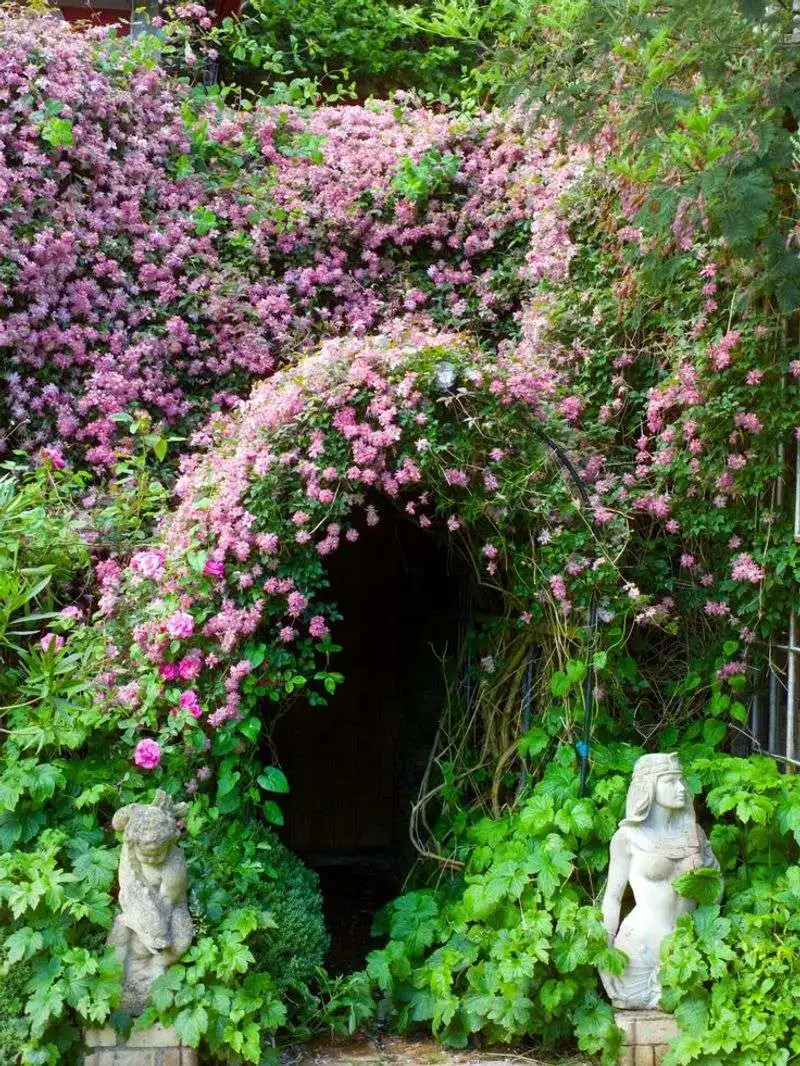
Climbing vines add vertical interest and charm while attracting pollinators like hummingbirds. Varieties such as honeysuckle and trumpet vine produce tubular flowers that are perfect for pollinators with long beaks or proboscises. Train these vines on trellises or arbors to create a lush backdrop for your garden. Regular maintenance will promote healthy growth and an abundance of blooms. Their presence not only supports pollinators but also adds a dynamic and whimsical touch to your outdoor space.
Seasonal Blooms

A garden that bursts with color year-round is a delight for both humans and pollinators. By planting flowers that bloom in different seasons, you ensure a continuous food source. Early spring bulbs, summer perennials, and fall annuals create a dynamic landscape. This thoughtful planning supports pollinators when they need it most. Select a variety of shapes, sizes, and colors to cater to different pollinators’ preferences. Your garden will not only be a visual feast but also a thriving ecosystem throughout the year.
Rock Garden

Incorporating a rock garden adds texture and diversity, appealing to pollinators seeking variety. Succulents and drought-tolerant plants offer unique blooms and require minimal water once established. Arranging rocks and plants creatively can mimic natural habitats, drawing in bees and butterflies. Include a mix of flowering and non-flowering plants for visual contrast. Rock gardens are low-maintenance options that add an artistic element to your landscape while supporting pollinators in search of food and shelter.
Night-blooming Plants
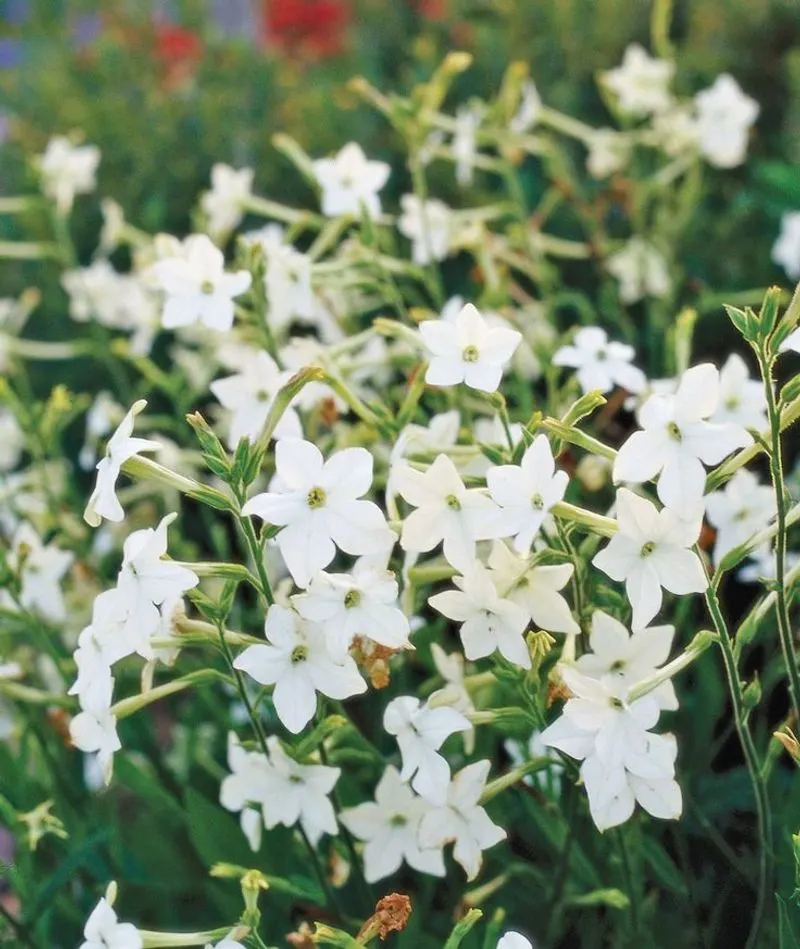
When the sun sets, a new world awakens, with night-blooming plants taking center stage. Flowers like evening primrose and moonflower open at dusk, attracting nocturnal pollinators such as moths. These plants often emit strong fragrances and pale colors, guiding pollinators through the night. Plant them near patios or pathways to enjoy their beauty and scent after dark. Night-blooming plants enrich the garden’s diversity and extend the pollinator-friendly habitat well into the evening hours.
Pollinator House

Creating a pollinator house offers a safe haven for bees and other insects. These small structures provide shelter and nesting sites, promoting biodiversity. Place them in a sunny, sheltered spot to make them appealing to solitary bees. Fill the house with materials like bamboo tubes and hollow stems to cater to different species’ needs. A pollinator house is a charming addition that supports the ecosystem, inviting these essential creatures to make a home in your garden.

